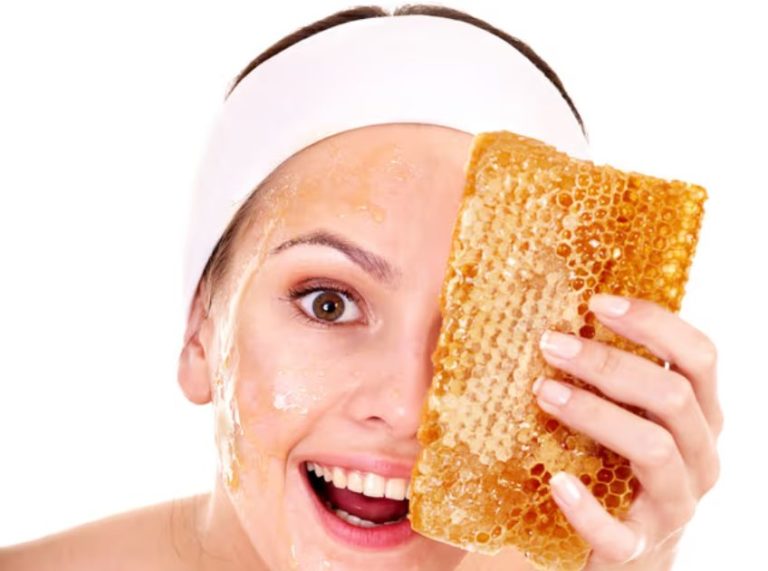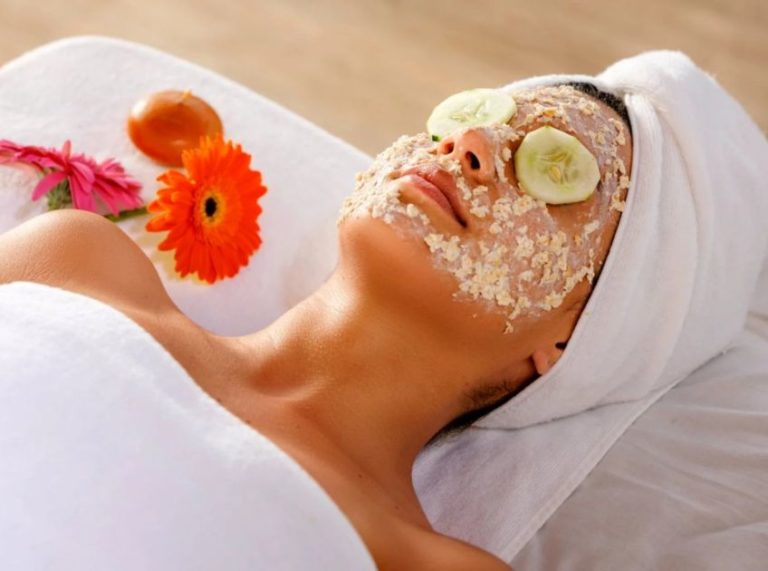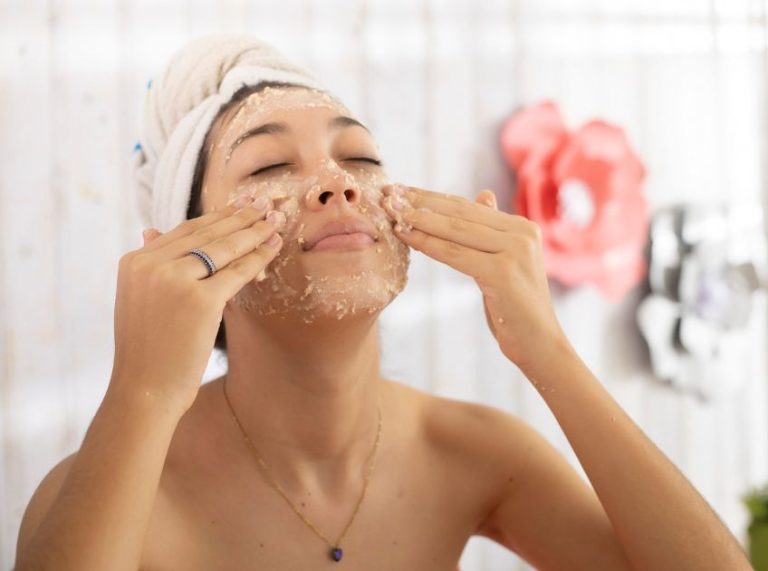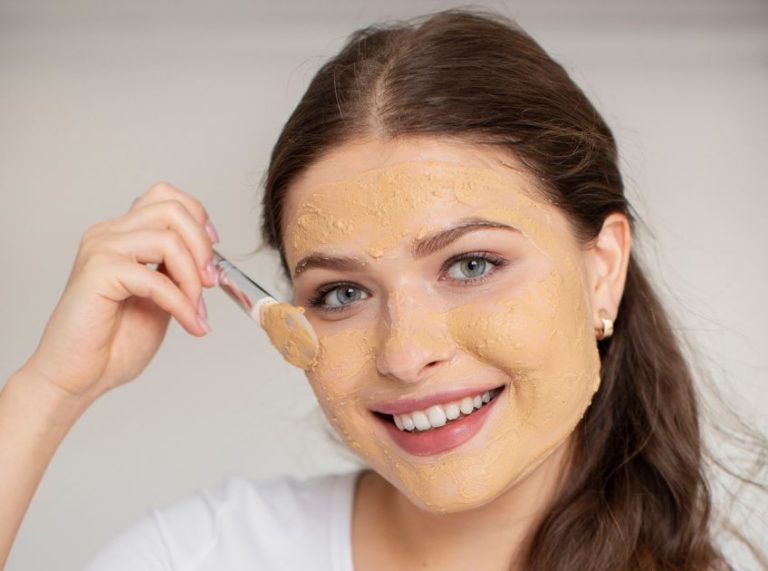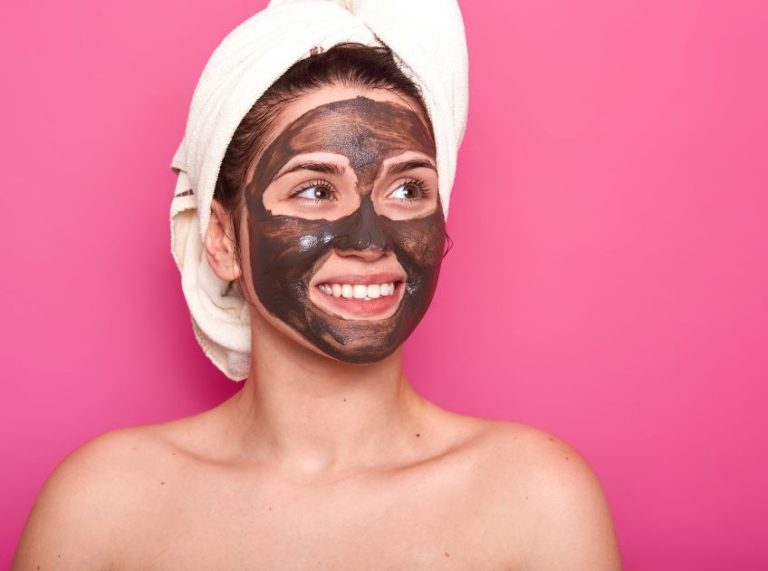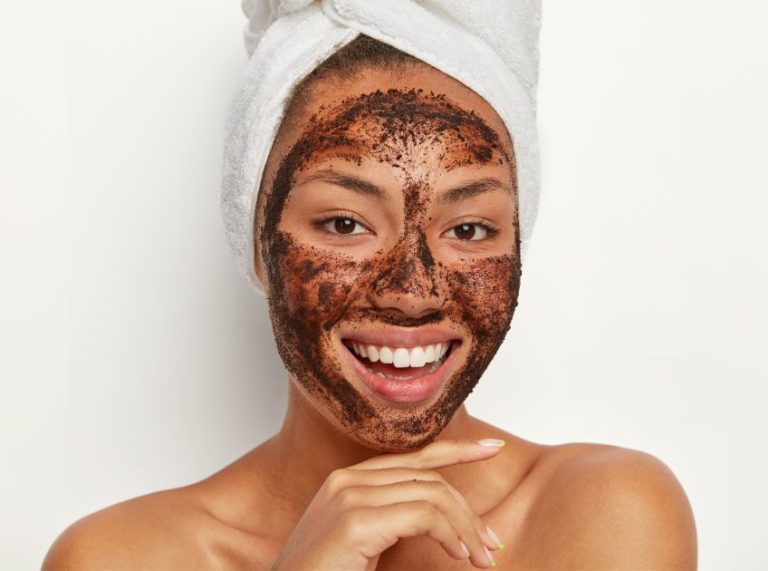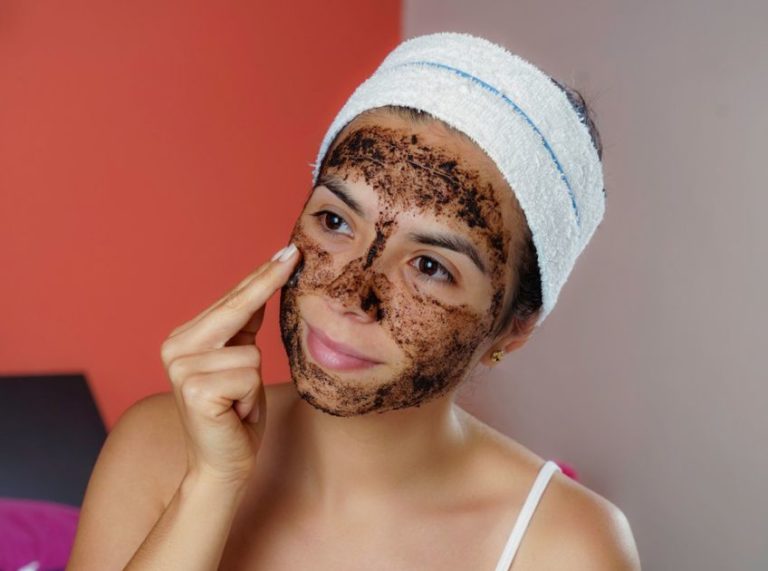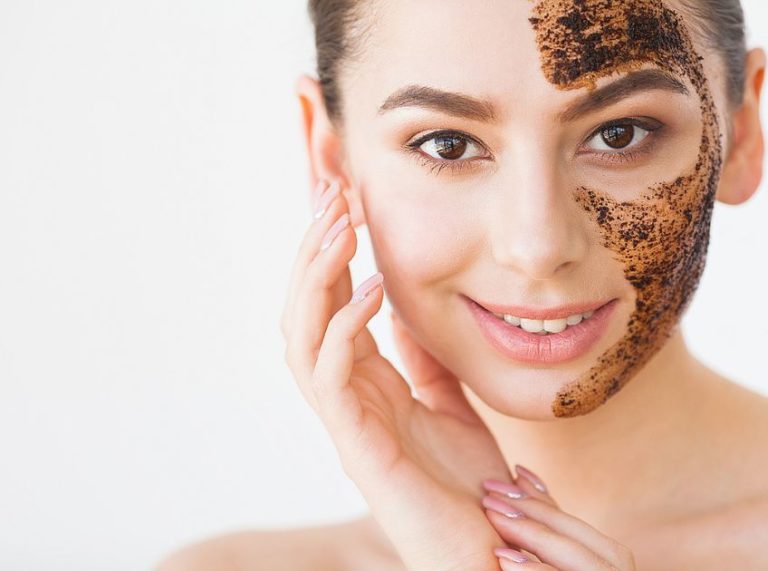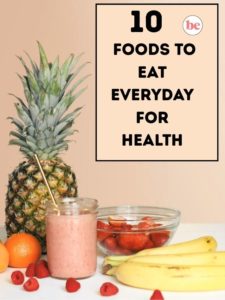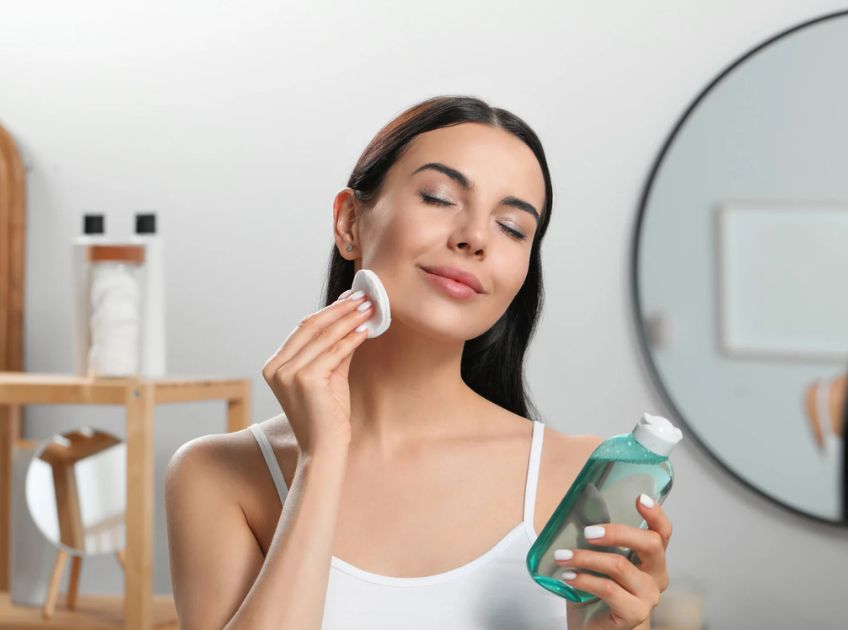
Important: This article is for informational purposes only. Please read our full disclaimer for more details.
Cleansing is one of the most important steps in any skincare routine, especially when it comes to aging gracefully. As we get older, our skin naturally loses elasticity and hydration, making it more vulnerable to fine lines, wrinkles, and dullness. Using the right cleanser not only removes dirt, oil, and impurities but also nourishes the skin with anti-aging ingredients that protect and rejuvenate. While store-bought cleansers can be effective, homemade daily cleansers give you the benefit of using fresh, natural ingredients tailored to your skin’s needs.
3 DIY Anti-Aging Cleanser Recipes to Try at Home
1. Gentle Honey and Aloe Vera Cleanser
Why it works
Honey is a natural humectant that draws moisture into the skin, while its antibacterial properties help prevent breakouts. Aloe vera delivers antioxidants, vitamins C and E, and anti-inflammatory compounds that soothe irritation and fight free radical damage, which can accelerate aging.
How to make it
- Mix 1 tablespoon of raw honey with 1 tablespoon of fresh aloe vera gel.
- Optional: Add 1 teaspoon of rose water for extra hydration and a gentle fragrance.
- Apply the mixture to slightly damp skin using gentle circular motions.
- Leave on for 5 minutes as a light mask to allow nutrients to penetrate.
- Rinse thoroughly with lukewarm water and pat dry.
Extra tips
- Use twice daily for dry or sensitive skin.
- Can be stored in a clean, airtight container in the fridge for up to 3 days.
Best for: Sensitive, dry, or mature skin that needs hydration and soothing.
2. Green Tea and Oat Cleanser
Why it works
Green tea contains polyphenols, which are antioxidants that protect skin cells from oxidative stress, a key factor in aging. Oats gently exfoliate dead skin cells and calm inflammation, improving skin texture without irritation.
How to make it
- Brew 2 tablespoons of green tea and let it cool completely.
- Combine the cooled tea with 1 tablespoon of finely ground oats.
- Optional: Add ½ teaspoon of honey or yogurt for extra moisture.
- Apply the paste to damp skin, massaging in small circular motions for 2–3 minutes, focusing on areas prone to dullness or congestion.
- Rinse thoroughly with warm water and follow with a moisturizer.
Extra tips
- Can be used 3–4 times per week for normal to oily skin.
- Helps brighten the complexion over time due to antioxidant activity.
Best for: Normal to oily skin, or skin that tends to get red, irritated, or congested.
3. Coconut Milk and Turmeric Cleanser
Why it works
Coconut milk is rich in lauric acid and vitamins C and E, helping to hydrate and nourish the skin. Turmeric contains curcumin, a compound with potent anti-inflammatory and antioxidant effects that can improve skin tone, reduce dark spots, and fight premature aging.
How to make it
- Mix 2 tablespoons of coconut milk with ½ teaspoon of turmeric powder.
- Optional: Add 1 teaspoon of honey or aloe vera for added moisturizing and soothing effects.
- Apply gently to the face using circular motions, avoiding the eye area.
- Leave the cleanser on for 2–3 minutes to allow absorption.
- Rinse thoroughly with lukewarm water.
Extra tips
- It can slightly stain, so rinse carefully or use it in the evening.
- Use 2–3 times a week for best results.
- Provides a natural glow and helps even out skin tone over time.
Best for: Dull, uneven, or aging skin that needs hydration and brightening.
Bonus Variations and Tips for All Cleansers
- Always patch-test a new ingredient to avoid allergic reactions.
- Adjust quantities for sensitive or combination skin: use less exfoliant or turmeric if irritation occurs.
- Apply cleansers on slightly damp skin to avoid over-drying.
- Follow each cleanse with a gentle moisturizer to lock in hydration.
The Science Behind Natural Anti-Aging Cleansers
Research supports the role of antioxidants and natural humectants in slowing skin aging. For example, studies in the Journal of Clinical and Aesthetic Dermatology highlight that polyphenols from green tea protect skin cells from oxidative stress, a major contributor to aging (1).
Honey has also been studied for its wound-healing and moisturizing properties, making it ideal for maintaining skin barrier health (2). Turmeric, rich in curcumin, has demonstrated significant anti-inflammatory effects that improve skin appearance over time (3).
By combining these ingredients, homemade cleansers not only clean the skin but also nourish it with compounds that help fight environmental damage, dehydration, and premature aging.
Frequently Asked Questions (FAQ’S)
1. Can I use these cleansers every day?
A. Yes, all three recipes are gentle enough for daily use. However, if you have very sensitive skin, start with every other day to see how your skin responds.
2. How long can I store these homemade cleansers?
A. Since they are made with fresh ingredients, it’s best to prepare small batches. Store leftovers in the refrigerator for up to 3–4 days, especially for aloe vera or coconut milk-based recipes.
3. Will these cleansers replace my anti-aging creams or serums?
A. No. Cleansers prepare the skin by removing dirt and allowing better absorption of moisturizers and serums. For best results, use these DIY cleansers as the first step in a complete anti-aging skincare routine.
A good cleanser doesn’t just clean—it sets the foundation for the rest of your skincare routine. By incorporating natural, anti-aging ingredients like honey, green tea, oats, and turmeric, you can protect your skin from premature aging while keeping it fresh, hydrated, and radiant. These DIY recipes are gentle, effective, and customizable, making them a wonderful addition to your daily self-care ritual.
